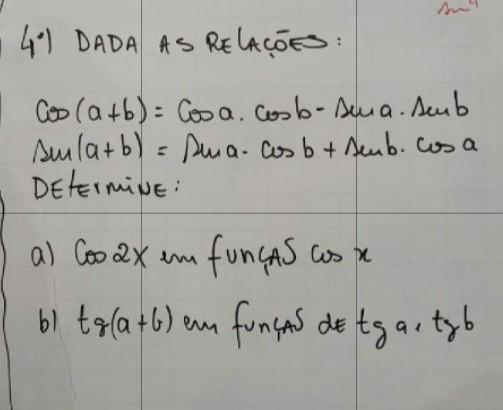Questão 1 Os doutrinadores apresentam diferentes fontes do Direito do Trabalho, algumas das quais relacionadas pelos autores Amaun Mascaro Nascimento (2013) e Francisco Meton Marques de Lima (2012). Quais são as fontes de direito citadas por Amauri Mascaro Nascimento (2013) e Francisco Meton Marques de Lima 2012) A Lei. Contratos Sentença Normativa, Convenções e Acordos Coletivos, B O Artigos Contratos. Concordatas. Convenção e Acordos Coletivos e © Lel Artigos Sentencas Normativas Contatos D © Artigos Convenções e Acordos Coletivos del contrata © Le Contratos concelling atas Antigos
Respostas 2
Resposta:
Letra A
Explicação:
Lei, Contratos, Sentença Normativa, Convenções e Acordos Coletivos.
-
Autor:
karliqv1k
-
Avalie uma resposta:
10
As fontes do direito do trabalho são leis e acordos convencionais do trabalho. Por isso a opção correta é a letra A.
Direito do trabalhoChamamos de fontes do direito do trabalho aquelas leis e normas que representam convenções e regulamentos das empresas, no que se referem aos contratos de trabalho. Pode haver duas fontes específicas que tratam sobre isso: As convenções coletivas e os acordos coletivos.
As convenções coletivas são um tipo de representação de ajuste que existe entre os sindicatos que representam o patrão, e os sindicatos que representam o trabalhador. Já os acordos coletivos de trabalho são instrumentos com o caráter normativo, no qual visa estabelecer condições de trabalho no âmbito de representação das partes envolvidas.
Para saber mais sobre direito do trabalho, acesse: https://brainly.com.br/tarefa/11330692?referrer=searchResults
#SPJ2

-
Autor:
zeus03ip
-
Avalie uma resposta:
6


